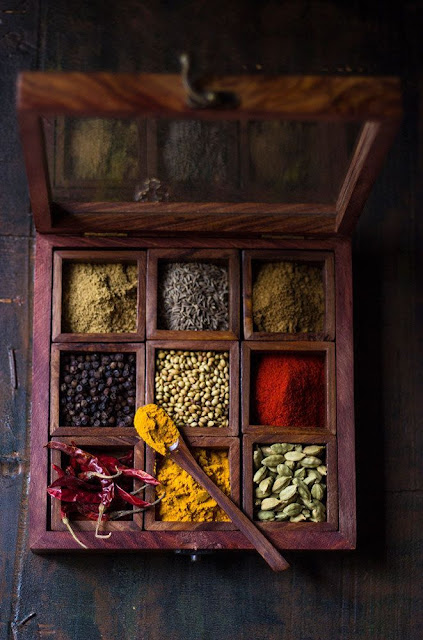🥥Indian Food Flavor🍛
🥥Indian Food Flavor🍛
Introduction:-
Indian cuisine is one of the most diverse and flavorful in the world. From spicy curries to sweet desserts, the food of India has something to offer for everyone. In this blog post, we will explore the history, flavors, and culture behind Indian food.
_____________________________________________
1.History of Indian Food:-
Indian cuisine is a blend of various cultures and traditions that have evolved over centuries. The earliest Indian cuisine can be traced back to the Indus Valley Civilization, which existed around 2500 BC. This civilization had an advanced urban culture and a sophisticated system of agriculture, which laid the foundation for Indian cuisine.
Over the centuries, India was invaded by various foreign powers, including the Greeks, Persians, Mughals, and British. Each of these invaders brought their own culinary traditions, which were incorporated into Indian cuisine. For example, the Mughals introduced the use of rich spices and nuts in Indian cuisine, while the British introduced tea and biscuits.
Today, Indian cuisine is a reflection of its rich history and diverse culture. It is characterized by its use of spices, herbs, and vegetables, and its combination of sweet, sour, and spicy flavors.
_____________________________________________
2.Flavors of Indian Food:-
Indian cuisine is known for its bold and complex flavors. The use of spices is central to Indian cooking, and the combination of different spices can create a wide range of flavors.
Some of the most commonly used spices in Indian cuisine include cumin, coriander, turmeric, ginger, garlic, and chili peppers. These spices are often combined with herbs like mint, cilantro, and curry leaves to create complex and aromatic flavor profiles.
Indian cuisine also makes use of a variety of cooking techniques, such as frying, roasting, grilling, and steaming. These techniques are used to bring out the flavors of the ingredients and create a range of textures.
_____________________________________________
3.Regional Variations:-
Indian cuisine is highly regionalized, with different regions having their own distinct culinary traditions. The cuisine of North India is known for its heavy use of dairy products, such as ghee (clarified butter) and paneer (cottage cheese), as well as its rich gravies and curries.
The cuisine of South India, on the other hand, is known for its lighter, spicier flavors and its use of coconut and rice. South Indian dishes like dosa (a rice and lentil crepe) and idli (a steamed rice cake) are popular throughout the country.
The cuisine of East India is characterized by its use of mustard oil, fish, and seafood. East Indian dishes like machher jhol (fish curry) and chingri malai curry (prawn curry) are popular in the region.
In West India, the cuisine is known for its use of peanuts, coconut, and seafood. West Indian dishes like vada pav (a potato fritter sandwich) and dhokla (a steamed lentil cake) are popular throughout the region.
_____________________________________________
4.Cultural Significance:-
Food plays an important role in Indian culture, and it is often used to celebrate festivals, weddings, and other special occasions. Many Indian dishes have religious and cultural significance, and are associated with specific regions or communities.
For example, biryani, a popular rice dish, is often served at Muslim weddings and other celebrations. In South India, dosa and idli are often served for breakfast, while in North India, parathas (a type of flatbread) are popular.
_____________________________________________
#Conclusion:-
Indian cuisine is a rich and diverse culinary tradition that reflects the country's history, culture, and geography. From spicy curries to sweet desserts, Indian food has something to offer for everyone. Whether you are a meat lover or a vegetarian, there is a wide range of Indian dishes to explore and enjoy.
_____________________________________________






Comments
Post a Comment